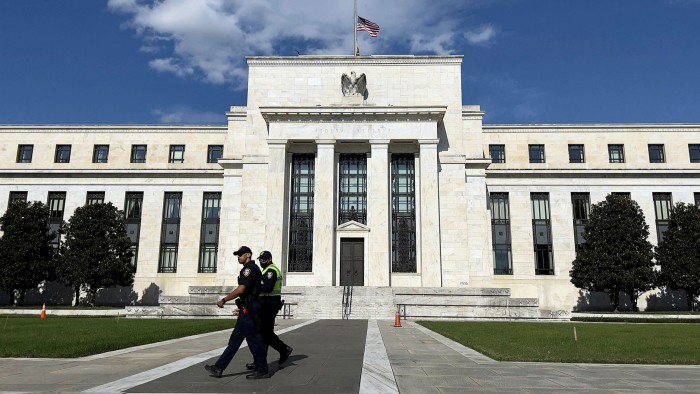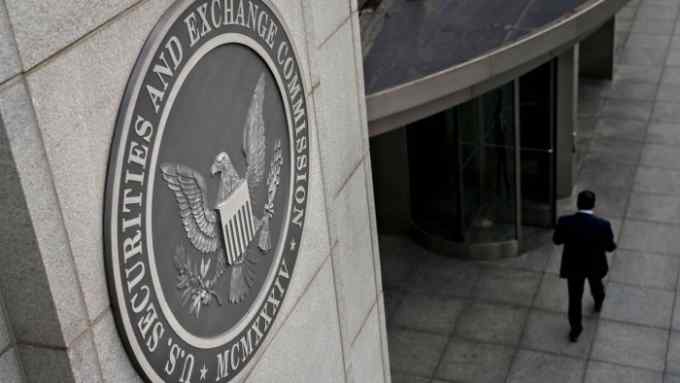Factors show their potential to boost fixed income returns

Roula Khalaf, Editor of the FT, selects her favourite stories in this weekly newsletter.
Interested in ETFs?
Visit our ETF Hub for investor news and education, market updates and analysis and easy-to-use tools to help you select the right ETFs.
After a four-decades-long bull market that made buying and holding bonds a winning proposition, today’s rising inflation makes their low fixed rates more likely to deliver losses, in real purchasing terms. But there is optimism, in some quarters, that this challenge will bring the use of smart beta and style factors in bond selection to the fore — after years in which the approach was confined mainly to equity investing.
In recent months, investors have seen inflationary pressures hot up, but government and corporate bond yields remain close to the all-time lows they sank to in the pandemic-led market turmoil of 2020.
And a world where annual inflation pressure runs faster than 2 per cent — the target of many central banks — means that these yields could render a conventional bond portfolio’s holdings unprofitable.
“This is the time to really rethink fixed income,” argues Andrew Ang, head of the factor-based strategies group at BlackRock. “Interest rates may rise modestly, but they will still rise. You need every basis point in this environment.”
While smart beta, or factor-based, equity investing is a $700bn market in the US and a $1tn market globally, US factor-based investing in fixed income runs only to $25bn, says Ang.
A factor investing approach involves taking an index and tweaking it, based on factors that investors believe can identify market-beating holdings. The rapid growth in passive investing, via exchange traded funds that track indices, has been a boon for the equity factor approach — and this trend is expected to play out in bonds.
“Growth in bond exchange traded funds remains relatively small and over time, as that market expands, factors will play a bigger role, as they did in equities,” predicts Ang.
A recent global survey of investors by Invesco found “a significantly higher number” are already using fixed income factors — 55 per cent, compared with 40 per cent in the prior year. The study noted that a majority are using factors, such as value and quality, alongside macro factors that include duration and inflation, to generate better returns.
“Factors provide additional sources of return and diversification for investors,” says Georg Elsaesser, senior portfolio manager, quantitative strategies, at Invesco. Over a five-year business and monetary policy cycle, “the idea is that it provides an investor with better returns than tracking an index”, he explains.
For example, factor investing can be used to position portfolios to reflect directional changes in interest rates, by changing the credit risk and duration of bondholdings.
For bond investors, the selling points of funds taking a factor approach are better returns, more transparency, and lower costs. The steady rise of electronic trading in corporate debt, and the growing use of ETFs tracking bonds, has also improved bond pricing — which helps facilitate the use of factors.
But some think the odds of factor investing making passive bond funds a popular choice are long. “The idea has not taken off in fixed income,” says Rob Arnott, founder of Research Affiliates, a global asset manager and a smart beta pioneer.
This reflects the fact that central banks are major holders of bonds, and prominent investors including banks and pension funds have regulatory pressure to own high-quality government debt. It has created an environment where active fund managers can beat the market as there are price insensitive “losers on the other side of the trade”, says Arnott. “When you have a large swath of bond investors that do not have an incentive to beat the market, that “makes it tough for smart beta to gain a footing”.
In the US, the main bond market benchmark is the Bloomberg Barclays Aggregate Index, which is dominated by a 40 per cent weighting in US Treasury bonds, alongside other securities. Bond fund managers who reduce their exposure to Treasuries tend to beat the index when yields rise, while upping their holdings helps them when government debt appreciates in price terms.
The ability of active bond managers to beat a fixed income index reflects in part that these baskets are weighted more heavily by companies and countries that have issued larger amounts of debt. That means investors tracking an index bear a higher risk of underperformance, and it enhances the appeal of factors that focus on cash flow, debt servicing ability and credit worthiness.
A key question, then, is whether factor investing can do a better job of assessing these dynamics than more costly active bond fund managers.
However, rather than replacing active managers, BlackRock’s Ang says the greater use of fixed income factors can help free up risk and fee budgets, enabling investors to also afford exposure to active managers.
Arnott says a smart beta approach to bonds could work best when investing in high yield and emerging market local currency debt. “The ability to pay versus the willingness to borrow is important for bond investors,” he says. “That’s where smart beta can shine, particularly for high yield and emerging market debt.”

Click here to visit the ETF Hub

Comments